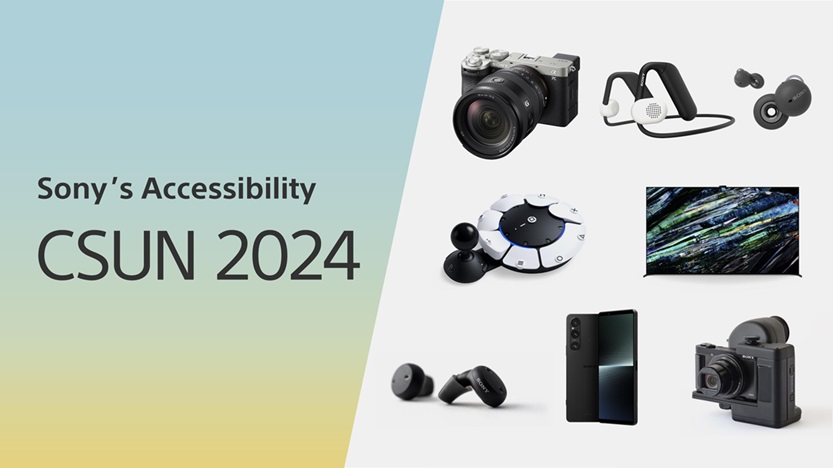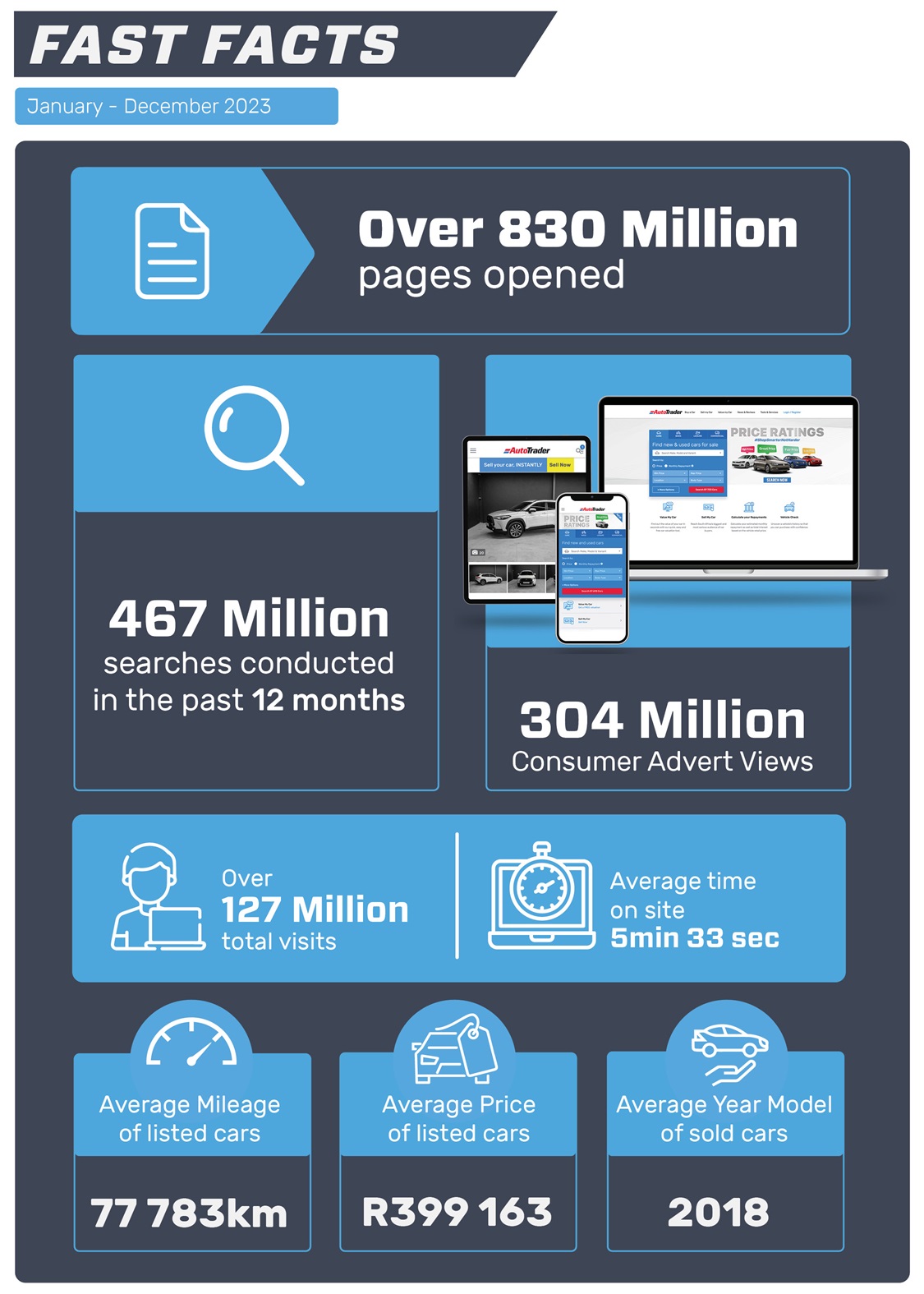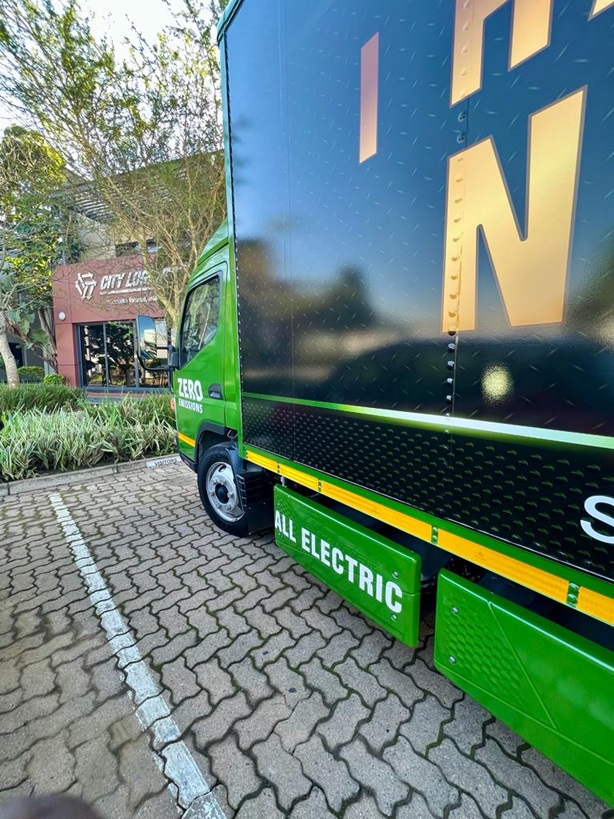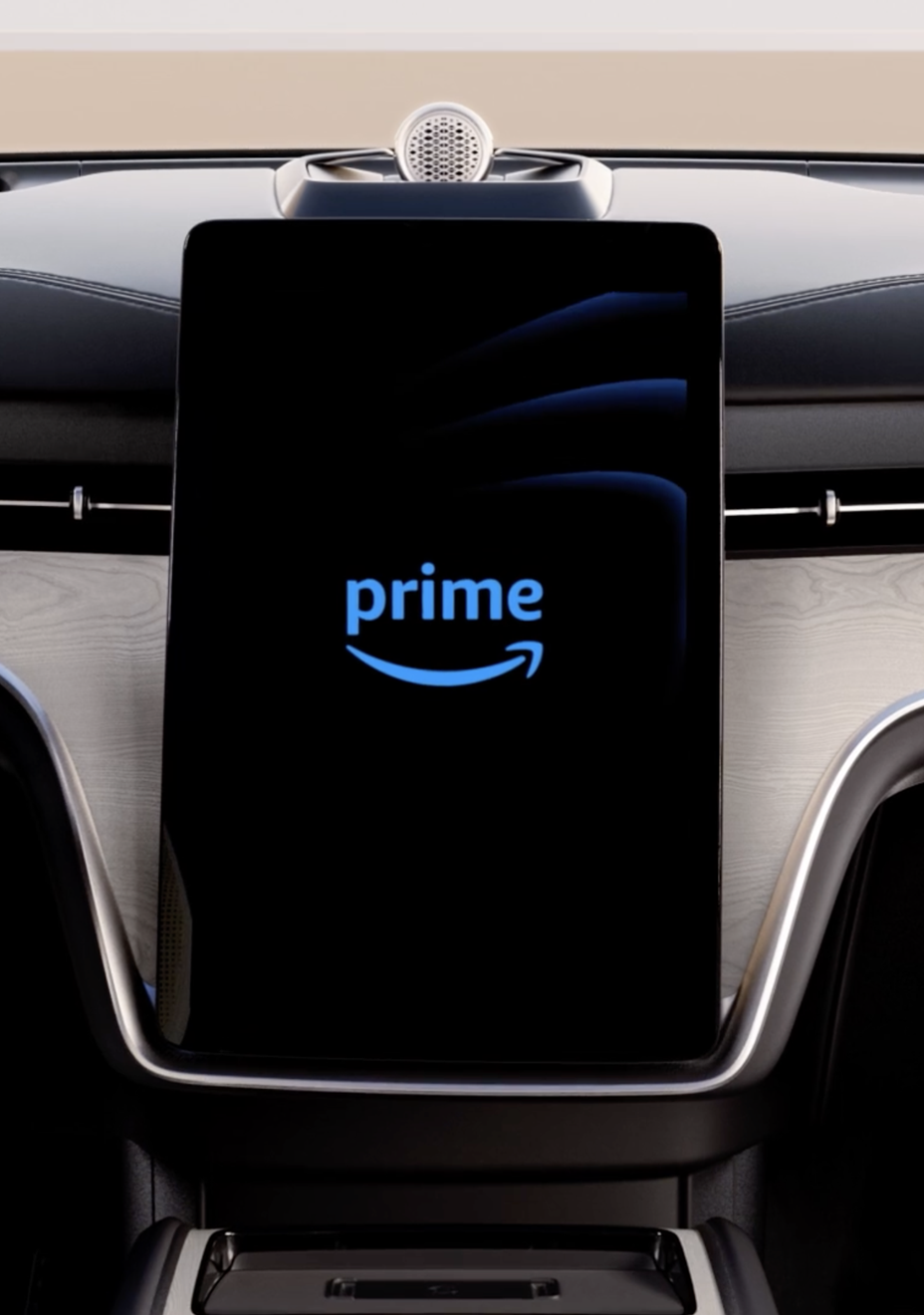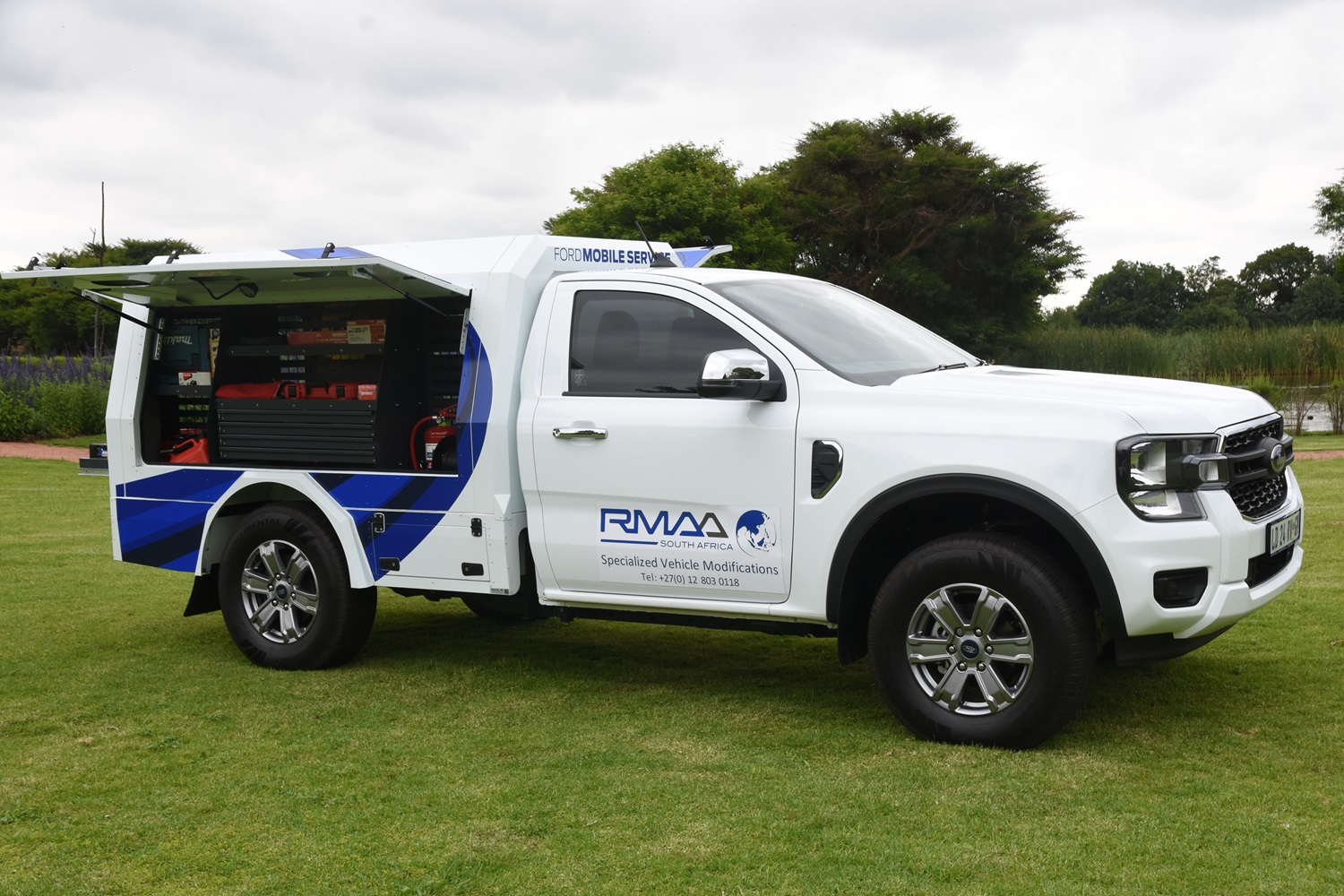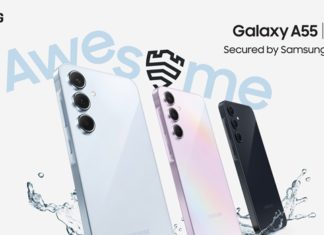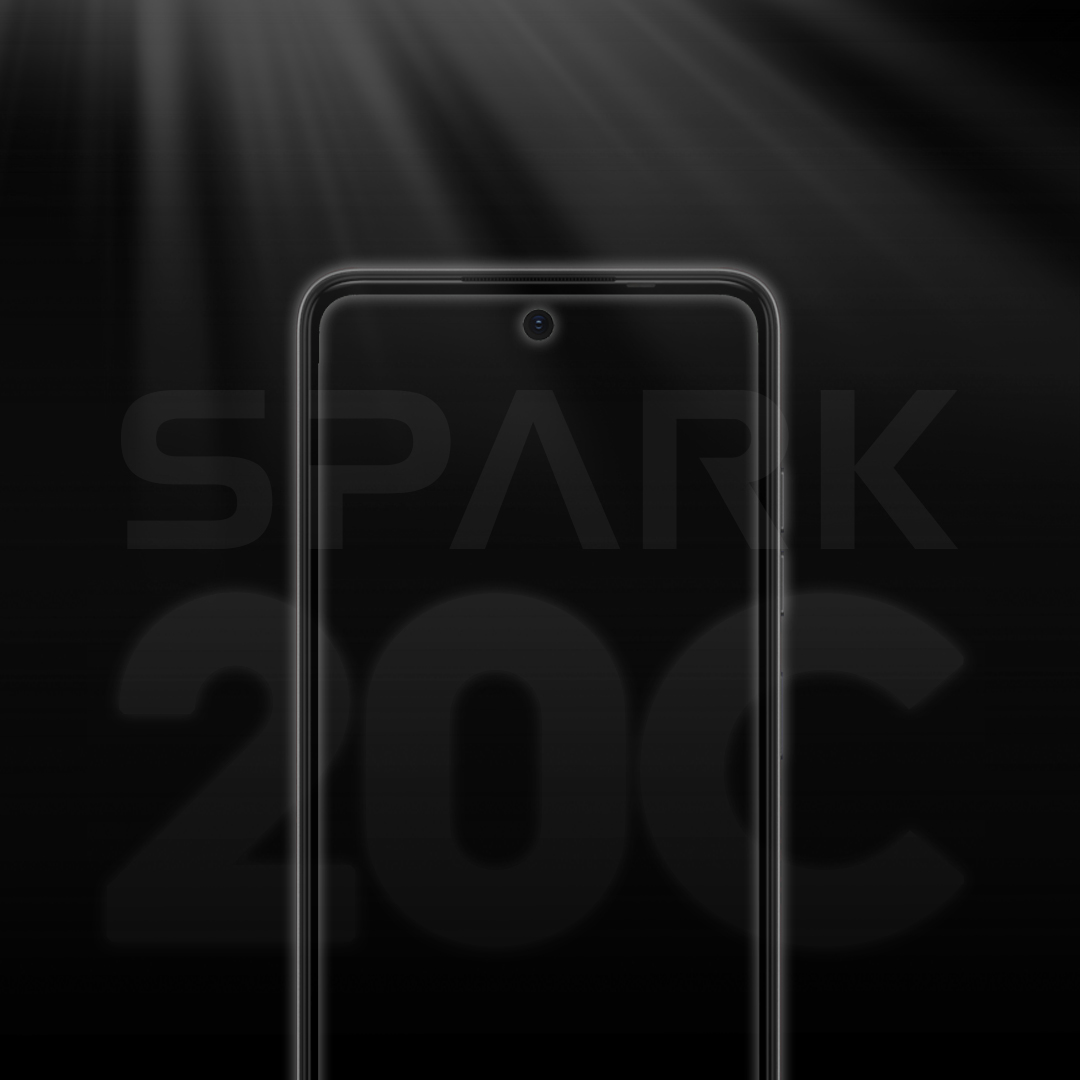In the market to purchase a vehicle? The National Automobile Dealers’ Association (NADA) provides some useful tips to help consumers navigate the decision-making and buying process to avoid costly mistakes.
Mark Dommisse, National Chairperson, the National Automobile Dealers’ Association (NADA) says:
“Whether a consumer is considering a first car or simply replacing a vehicle, taking any shortcuts when planning their buying journey could result in significant problems for the buyer. By applying these tips to their vehicle-buying purchasing decision they should go a long way in assisting the consumer make the right choice,”
- Start with a budget
The most important part of the car-buying journey is compiling a list of all current expenses and income. It is important to shop around and compare car prices to find a sensible and affordable car that fits within your budget.
With today’s economic situation, it is not easy to purchase a vehicle without a loan from the bank. In this case, buyers should take note of every amount they have to pay, no matter how small, and subtract those costs from their total income. The amount that’s left over is the disposable income. But one cannot use that entire amount to pay for the car loan. Budget for fuel, insurance, tyres, service costs and more – and remember that those costs can change throughout the year. It is also advisable to have leeway in a budget to accommodate for rising fuel prices, interest rate increases and unexpected service costs.
- Research
Once a decision has been made on the best type and size of vehicle for the purchaser’s needs (hatchback, sedan, SUV, MPV, bakkie, manual, automatic, diesel, petrol), NADA recommends some thorough research be carried out (manufacturers’ websites, motoring reviews from reliable media, word-of-mouth), and narrow it down to a handful of options.
Useful tips to consider when purchasing the vehicle are:
- Is the vehicle going to be used for long trips a lot?
- Is the vehicle going to be used only in and around town?
- How many people is the vehicle normally going to carry (it is pointless buying a minibus if you are only going to drive around in it on your own)?
- Is high performance motoring really required or will a good commuter package be sufficient?
- How long is the vehicle expected to be kept?
The NADA recommends full comprehensive insurance is taken out on the vehicle. If the car is financed, comprehensive insurance is mandatory.
With all these criteria in mind the field of choice can start being narrowed down to a certain number of makes and then, within that, to a certain number of models.
- Choose a reputable franchised dealer
The complexity of the purchase for most buyers coupled to their expectations for service over the lifetime of the vehicle are important attributes to consider. It’s a good idea to visit your chosen dealership in order to find the perfect fit, as these are the people who will be looking after you and your car for many years to come.
- Test-Drive the Car
A test drive is the only way to get a solid impression of a car’s driving dynamics, features, and comfort levels. Some suggestions:
- Do schedule an appointment for a test drive. Having an appointment means the car will be waiting for you when you arrive
- Don’t just drive around the block. Take the time to see how you and your family fit in the car and see how it handles on a variety of roads
- Do ask yourself the following questions: Are the controls easy to use? Is there enough cargo space? Will a child seat fit? (Bring it with you and test it.)
- Don’t feel obligated to buy the car the same day. Feel free to take time to think it over
- Maintenance / service plans
Even if one is on a tight budget, it’s worth paying a little extra for a decent maintenance or service plan, as it should actually end up saving you money in the long run. You get to pay today for service and maintenance work that will take place in the future. With many vehicles reliant on imported parts, the volatility of the Rand is a concern. Add inflation and labour costs to the mix and it is easy to see the advantage of securing future costs upfront.
A maintenance plan is a convenient way of ensuring that a variety of maintenance requirements are taken care of. A maintenance contract varies from manufacturer to manufacturer but usually covers a range of wear-and-tear items and labour, not just services.
A service plan fixes the pre-determined servicing costs of a vehicle for the duration of the plan, the consumer pays a once-off (or monthly) cost to secure the pricing of all future services which are secured at today’s costs.
Speak to the dealership finance manager and ask about these products and services. They will definitely be of value to you.
- Close the Deal
If the price, financing and fees look right, it’s time to say yes to the deal. Once you’ve agreed on a price, the salesperson will take you to the finance and insurance office. Here, you’ll sign the contract and purchase any of the value-added products. It is imperative to carefully go through all the terms and conditions with the finance agent to avoid any surprises later on. Do not be afraid to ask questions, and make sure you fully understand the fine print before signing on the dotted line. A good finance manager will explain each form and what it means. This person will give you as much time as you need to fully understand the products. Don’t hurry. Buying a car is a serious commitment.
- Take Delivery
When you take delivery of the vehicle it should be clean. Give the car a final walk-around, checking for any dents or scratches that might have occurred during transportation.
Finally, let the salesperson give you a tour of your car. The rundown should include showing you how to pair your smartphone via Bluetooth for example (if this is a feature of the car you are purchasing) and demonstrating other important features and safety devices. All of this information is in the owner’s manual, but very few people ever read the manual, which can be hundreds of pages long. A visual demonstration allows for questions to ensure that the buyer is completely comfortable with the features of the vehicle.
If you don’t have time for a complete demonstration when you sign the contract, set up an appointment a week or so later. With the amount of technology that comes in most new cars, that walk-through is important and very useful. You’ll learn tricks and shortcuts you might not find on your own.
And now there is only one more thing to do: Enjoy your new car.
Provided by NADA



